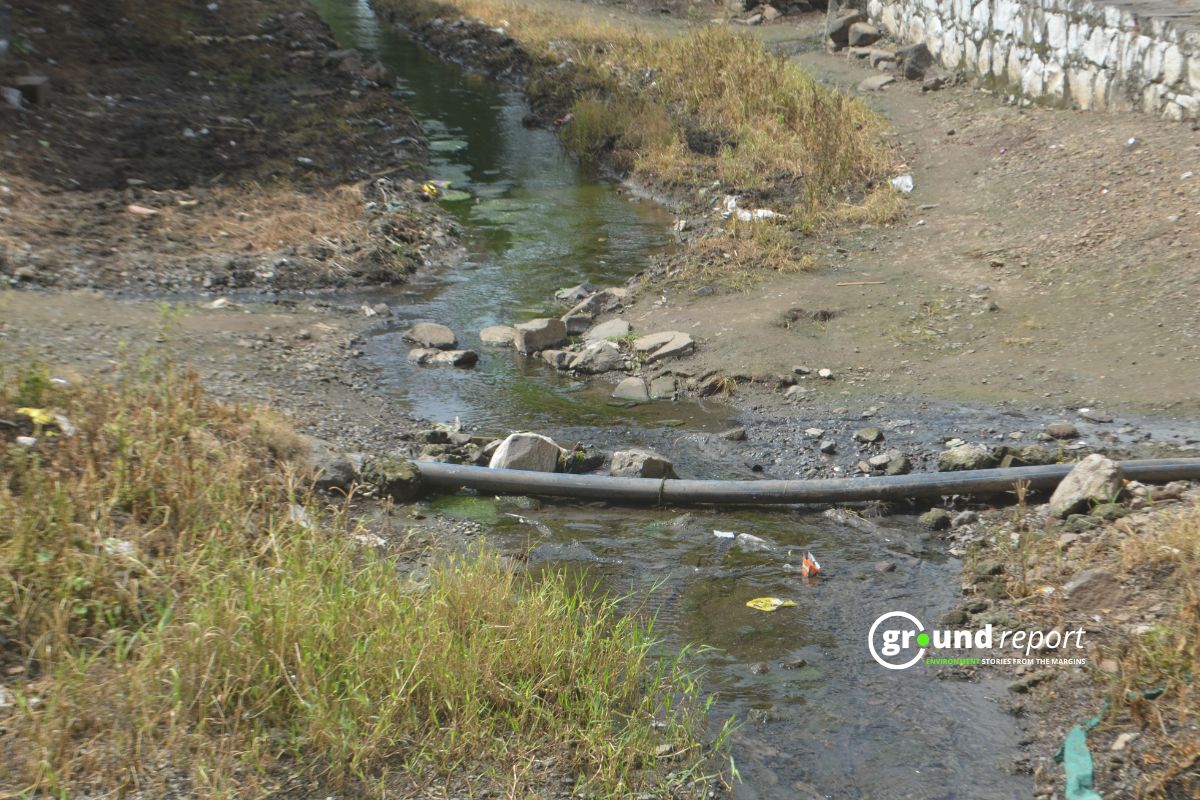An engineer in Kanpur, Uttar Pradesh, died after undergoing a hair transplant. His wife said the clinic did the procedure without proper medical checks. She noticed swelling on his face soon after the surgery.
Another person had died at the same clinic on November 19, 2024, after a similar procedure. His family filed a police complaint six months later, on May 13, 2025.
These two deaths raise serious questions about how safe hair transplants really are. While the surgery is popular among people facing hair loss or baldness, it is not always risk-free. Experts say the procedure should only be done after full medical evaluation and by trained professionals.
What is a hair transplant?
Hair transplant is a type of surgery that moves hair from one part of the body to another, usually to cover bald spots. It’s done when other treatments like medicines or oils don’t work. There are two main methods used: FUT and FUE.
In FUT (Follicular Unit Transplantation), a strip of skin is cut from the back of the head. The surgeon then separates this strip into tiny grafts, each containing a few hairs. These grafts are placed into small holes in the bald areas. The donor area is stitched after the process.
In FUE (Follicular Unit Extraction), there is no need to cut a strip of skin. Hair roots are taken directly from the scalp using a small punch tool. This method leaves no stitches and can use hair from other parts of the body too.
Who should avoid this surgery?
Not everyone is a good fit for a hair transplant. People with the following issues should avoid it:
-
Chronic illnesses that affect healing
-
Active infections on the scalp
-
Blood-thinning medications
-
Unrealistic expectations or mental health issues related to body image
Dr. Shivam Goyal, a dermatologist and hair transplant surgeon, says many problems arise when patients do not go through proper screening. It’s important to give full details about your medical history. Hiding health problems can make the surgery dangerous.
What to check before going ahead
-
Choose a certified, experienced surgeon
-
Ask for reviews and before-after photos of past patients
-
Share your medical records honestly
-
Ask whether FUT or FUE is better for your case
What to expect after surgery
Hair growth happens slowly. Around 10–20% of the hair starts growing within 3–4 months. Half of the results are visible by 6 months. In most cases, 80–100% results show within 9–12 months.
Post-surgery care
-
Avoid scratching or touching the scalp
-
Follow all instructions given by the doctor
-
Don’t expose your head to sunlight
-
Avoid exercise for a few days
-
Attend all follow-up visits
Are there side effects?
Yes. Even when done properly, hair transplant can have some side effects:
-
Itching or tightness in the scalp
-
Small scabs or dryness
-
Mild headache
-
Swelling on the forehead
-
Numbness around the donor or transplant area
Most of these go away in a few days. But if they last, you should contact your doctor.
Hair transplant can work if done safely. But as these deaths show, it can turn deadly if handled carelessly. Always do your research, check the surgeon’s record, and take no shortcuts.
Support us to keep independent environmental journalism alive in India.
Keep Reading
Madhya Pradesh sees 66 forest fires daily; AI tracks, action still lags
Indore’s Ramsar site Sirpur has an STP constructed almost on the lake
Indore Reviving Historic Lakes to Combat Water Crisis, Hurdles Remain
Indore’s residential society saves Rs 5 lakh a month, through rainwater harvesting
Follow Ground Report on X, Instagram and Facebook for environmental and underreported stories from the margins. Give us feedback on our email id greport2018@gmail.com.
Don’t forget to Subscribe to our weekly newsletter, Join our community on WhatsApp, and Follow our YouTube Channel for video stories.









